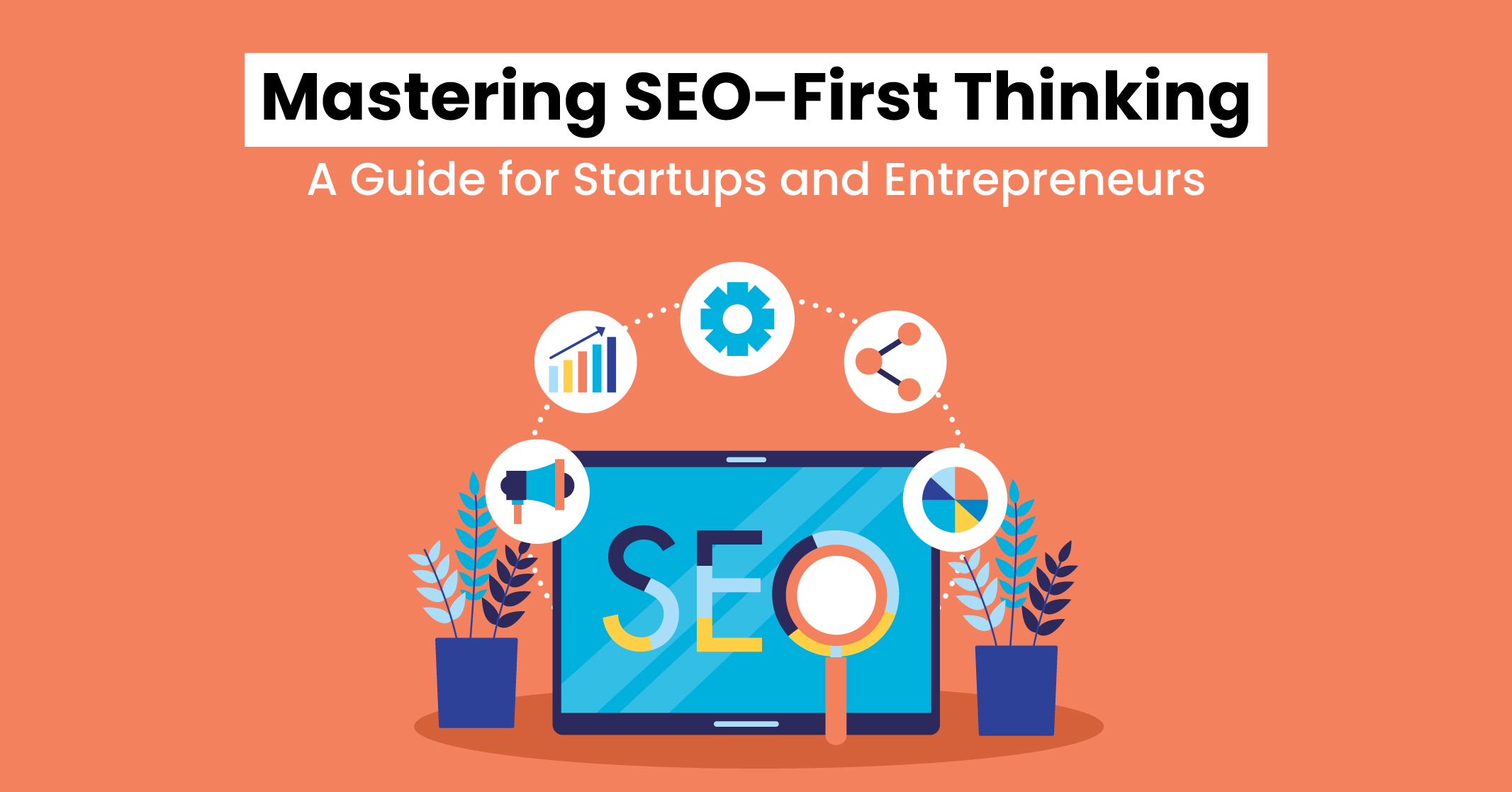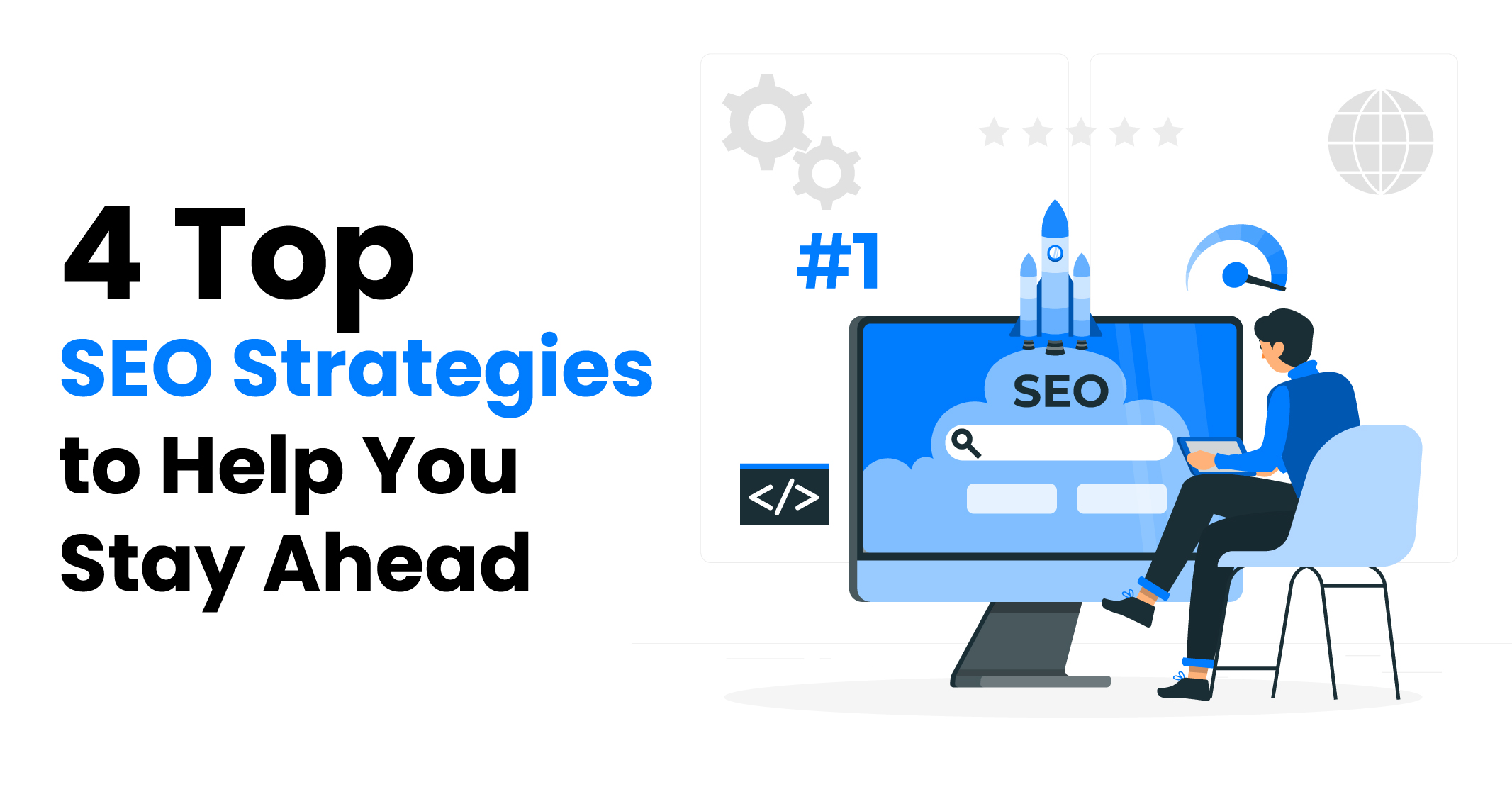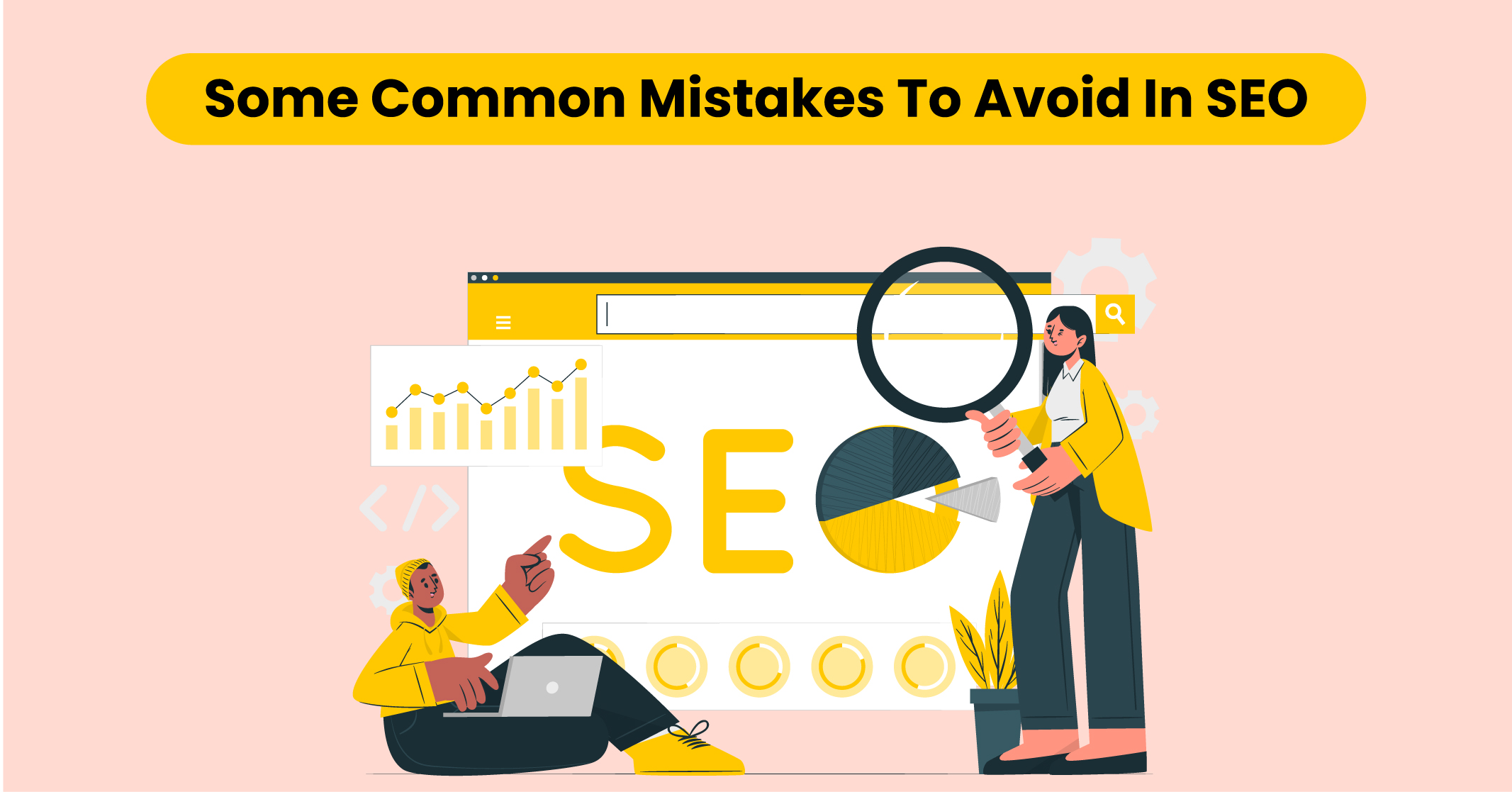I hope you enjoy reading this blog post.
If you want to get more traffic, Contact Us

Click Here - Free 30-Minute Strategy Session
Be quick! FREE spots are almost gone for this Month. Free Quote

As a startup or entrepreneur, you’re likely to be familiar with the term “SEO” and its importance in driving traffic to your website. However, mastering SEO-first thinking is not an easy feat. It requires a strategic approach, constant learning and the right tools. In this blog, we’ll explore everything you need to know to master SEO-first thinking and take your business to the next level.
SEO-first thinking is an approach to website design and development that prioritizes search engine optimization from the very beginning of the process. It involves considering how every aspect of a website, from its design and layout to its content and technical elements. It can be optimised for search engines to improve its visibility and ranking in search results pages.

Click Here – Free 30-Minute Strategy Session
Be quick! FREE spots are almost gone for this Month
Contrary to popular belief, SEO-first thinking doesn’t prioritise the views of the SEO team above other departments, nor does it place SEO above all other website design considerations. Instead, it emphasizes the importance and benefits of SEO to all stakeholders within the company.
Why Is It Important?
SEO-first thinking is important because it ensures that a website is built with search engine optimization in mind right from the start, rather than trying to retrofit SEO elements after the fact. By integrating SEO into the design and development process, businesses can create websites that are not only visually appealing and user-friendly but are also optimised for search engines, making it easier for potential customers to find them online.
How SEO-first thinking can help you?
Taking an SEO-first approach can also help businesses save time and money in the long run by avoiding costly and time-consuming SEO fixes later on. By building a website with SEO in mind, businesses can create a solid foundation for their online presence, which can lead to improved search rankings, more organic traffic and more business success.
What is SEO?
SEO involves optimising your website and content to rank higher online. SEO is essential for startups and entrepreneurs because it can help level the playing field with larger, more established brands. With the right SEO strategy, you can outrank your competitors and attract more qualified traffic to your website.
Learn More: Top 10 SEO Strategies in 2023
The fundamental argument for prioritising SEO is that mistakes in this area can have long-lasting effects. For online businesses, SEO is crucial in managing their reputation, generating leads, increasing brand awareness and boosting revenue.
What To Do?
If you’re looking to embed SEO-first thinking in your organisation, there are a few steps you can take to get started.
Learn More: 7 Reasons Why Investing in SEO in 2023 is Crucial for Your Business

Creating an SEO checklist can help you stay organised and ensure you’re not missing any important SEO ideas. Here are some items you might include in your SEO checklist:
Learn More: SEO Checklists – How to Get Top SEO Ranking?
Here are some SEO ideas to help you boost your online presence and attract more qualified traffic to your website:
Content marketing and SEO go hand in hand. By creating high-quality, informative content that targets your audience’s pain points and provides valuable solutions, you can attract more qualified traffic to your website and improve your website’s search engine rankings.
Some tips for implementing SEO in your content marketing strategy:
Learn More: Building a Content Marketing Strategy
Yes, you can measure and track your SEO success. You can do this by following the steps mentioned below:

When it comes to implementing an SEO strategy, you must ensure that you are not overusing keywords in your content. If you have a physical location or serve customers in a specific geographic area, neglecting local SEO can hurt your search engine rankings. With more and more users accessing the internet on their mobile devices, ignoring mobile optimization can hurt your search engine rankings and user experience.
Remember a poor user experience can hurt your search engine rankings and drive users away from your website. Also, avoid building low-quality backlinks.
Learn More: The Zen Way of Creating High Quality Backlinks
To achieve growth through SEO, it’s crucial to break down silos, provide training, and maintain a constant focus on SEO. What you can do here is identify knowledge gaps within the key department and identify the best approach for your organization. Although it may take time and strong stakeholder relationships, it’s entirely feasible for a company to adopt an SEO-first mindset.
Do you want to master SEO-first thinking? Traffic Radius can help you compete in today’s digital landscape. We understand the importance of SEO. We have access to the right tools needed to attract qualified traffic to your website and improve your online visibility.
SEO-first thinking refers to a mindset and approach to business operations that places a strong emphasis on search engine optimization (SEO) as a key driver of growth and success. It involves integrating SEO considerations and strategies into all aspects of a company’s operations, from website design and content creation to marketing and customer service.
The goal of SEO-first thinking is to prioritize and optimize search engine rankings and visibility in order to attract and retain a larger audience.
Increased visibility: By optimizing your website for search engines, you can increase your visibility and reach a larger audience.
Better user experience: SEO involves improving the user experience of your website by making it easier to navigate and providing relevant and high-quality content. This can improve engagement and lead to better conversion rates.
Cost-effective: SEO can be a cost-effective way to drive traffic to your website compared to other forms of digital marketing like paid advertising.
Long-term results: SEO is a long-term strategy that can provide ongoing benefits for your website. Once you have optimized your website, it can continue to rank well on search engines for months or even years.
Competitive advantage: By prioritizing SEO in your digital marketing strategy, you can gain a competitive advantage over businesses that are not optimizing their websites for search engines.
Overall, adopting an SEO-first thinking approach can help your business improve its online visibility, attract more traffic and achieve long-term success
Identify primary keywords: Make sure that you are utilizing keywords and that your target audience may use to search your products or services. Use tools like Google Keyword Planner to conduct keyword research.
Optimize website structure: Make sure your website is structured in a way that makes it easy for search engines to crawl and index your pages. Use a clear and logical site hierarchy, optimize your URLs, and use descriptive titles and meta descriptions.
Create high-quality content: Create high-quality, relevant and engaging content that addresses the needs and interests of your target audience. Use keywords strategically in your content but avoid overusing them.
Build high-quality backlinks: Backlinks are links from other websites that point to your website. Build high-quality backlinks by creating valuable and shareable content, reaching out to other websites for guest blogging opportunities or using influencer marketing.
Optimize for mobile: More and more people are accessing the internet on mobile devices, so it’s important to make sure your website is mobile-friendly. Use responsive design and optimize page speed to improve the mobile user experience.
Monitor and analyze results: Use analytics tools like Google Analytics to monitor and analyze your website’s performance. Track metrics like traffic, bounce rate and conversion rate to measure the effectiveness of your SEO strategy and adjust as needed.

LEAVE A REPLY